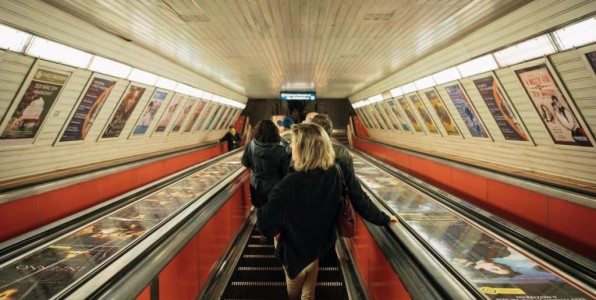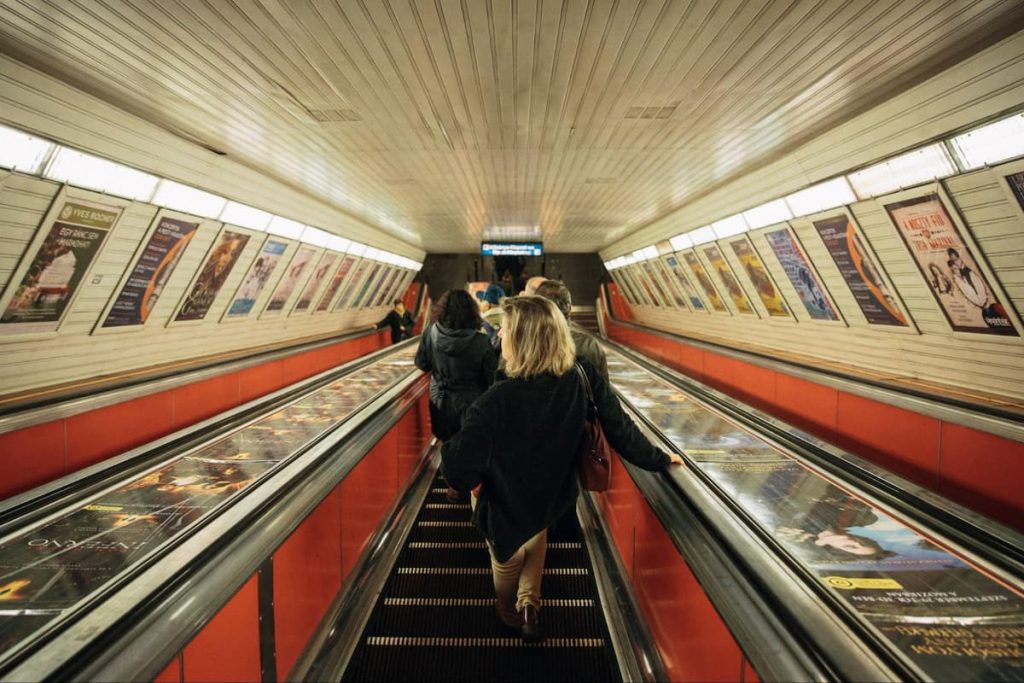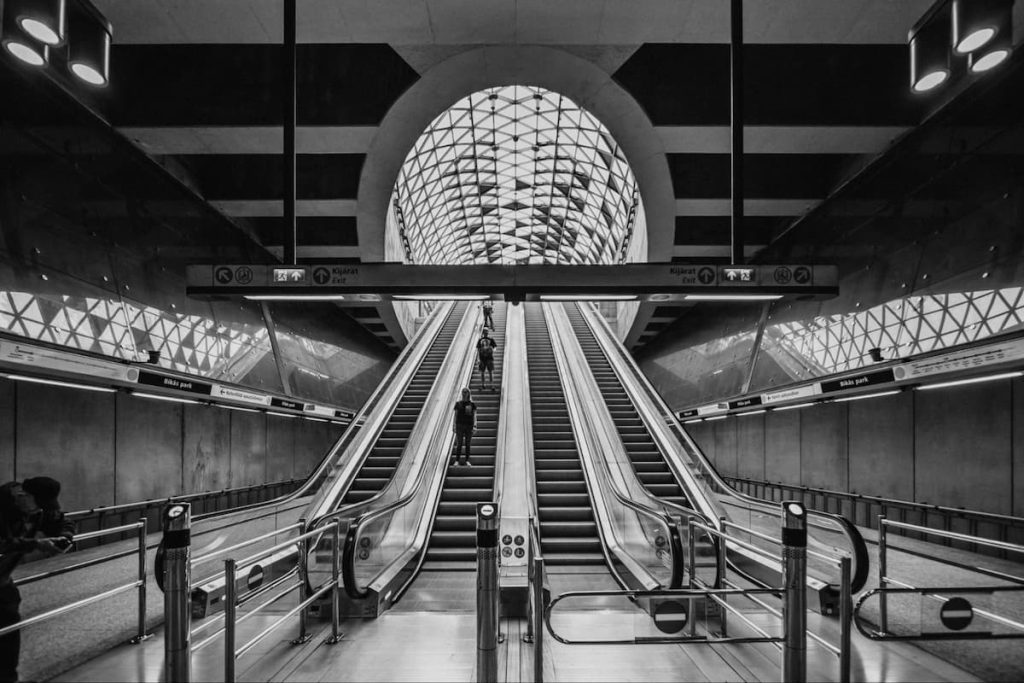DALI dynamics – How does DALI lighting work?

DALI dynamics – How does DALI lighting work?
The post DALI dynamics – How does DALI lighting work? appeared first on UK Construction Blog.
Are you unfamiliar with the DALI lighting system and want to know how DALI lighting works? In fact, if you are looking for next-level lighting control for your place, surely use the DALI lighting system.
Well, this article will provide an ultimate guide to the DALI lighting control system, its working, advantages, disadvantages, and usage. This guide to DALI lighting is enough whether you are an expert or a beginner.
What is DALI?
Usually, DALI stands for digital addressable lighting interface and it is a lightning interface for digital dimming purposes. Having two-way communication, DALI controls the LED luminaire system by dimming them. Control individual or group of LEDs by regulating the brightness, warmth, and colors of LEDs, and much more.
The DALI is a controller computer system having software that communicates with LED drivers, ballasts, and other components in a lighting system. Today DALI has the global standard for lighting control and a wide range of DALI products are available worldwide.
Key features of DALI
- Any manufacturer can easily use it because it comes with an open protocol.
- DALI-2 guarantees compatibility between manufacturers through required certification procedures.
- Simple installation with no need for shielding as power and control lines can be laid together.
- The wiring topology of the DALI lighting control system comes in the form of trees, stars, lines, or a combination of these.
- Very precise and stable dimming performance of multiple devices.
- DALI Communication is digital, not analog.
- A wide range of possibilities for flexible control because it has unique addresses for all devices.
DALI-1 vs DALI-2
Typically, the DALI lighting system has two versions named DALI-1 and DALI-2. Normally, DALI-1 is the old version and DALI-2 is the improved version of later. Lately, in the 1990s, DALI originated and had an international standard (IEC60929). Now in 2024, the current version of DALI is DALI-2 and is defined in IEC62386.
Besides control gear, DALI-2 comprises control devices, the brain of the system, input controller. Additionally, this version of DALI is more well-known in different lighting manufacturers.

How does DALI lighting work?
The DALI system operates by transmitting commands via a DALI bus to the unique addresses of LED drivers, which control the final light output. The system comprises mostly of three components: a DALI bus power supply, control input devices, and control gear. Application controllers respond to 24-bit inputs from input devices and provide 16-bit orders to control gear. The instruction issued by the control unit is sent to the control gear, which regulates the current in your LED lighting fixtures.
DALI is commonly used to give lighting control over many locations and lighting circuits. One network is typically insufficient to cover an entire building, so multiple networks are frequently joined together to form a bigger network that can still be controlled centrally. There are up to 254 levels of brightness. In addition to dimming and on/off functionality, pre-set modes can be used to adjust illumination patterns at specific times of day.
DALI lighting working components
Let’s look at the many components of a DALI system and understand how DALI lighting works.
DALI bus
The DALI system is built around an unpolarised DALI bus, which serves as the network’s core. The two-wire bus transports command signals between the input/application controllers and the receiving devices (LED drivers). A DALI power source supplies 16 V to the bus system.
The two-way protocol is not only used to regulate lights, but it also aids in
- Configure the full lighting system.
- Determine which luminaire in the building is faulty.
- Receiving information about the current illumination conditions of all luminaires.
Control devices
Control devices have two categories: application controllers and input devices. Furthermore, control devices might share the functionality of both components.
Application controllers
An application controller collects data, makes choices, and provides final directives to devices on the receiving end. These controllers may handle data from a variety of sources, including input devices, external bus system devices, control gear, and other controllers. These components control all of the data flow on the bus system.
Input devices
Input control devices surely transmit real-time user commands to the lighting system. The simple input devices may include:
Light-level sensors: Such input devices detect the intensity of light in any room or place and alter the color of the output light to ensure optimal illumination. Light level sensors are most effective for a precise balance of natural and artificial light.
PIR motion detectors: These are also known as occupancy sensors. By detecting movement, this input device readily lights up the lamps, and lighting groups.
Pushbuttons: Simple operations are done by push button devices like turning on/off a light or group of lights. Also, it includes devices such as, color wheels, and sliders.
Dimming controller plates: These controller plates usually adjust dimming.
Scene controller plates: control and adjust different scenes.
Building management systems: Helps manage and regulate the lighting of a whole building.
Control gear
The receiving end of the system is made up of control gear, primarily DALI LED drivers that provide light to the lamps. The DALI LED driver receives commands from the application/input controllers and delivers the appropriate current to the lamp. DALI networks can accommodate a variety of LED drivers and ballast systems.
DALI addresses
Each LED driver is given a unique address that is utilized to operate the driver. The addressable characteristics create a new level of controllability. Addresses provide versatility in scene setting and grouping. We can also assign unique input device controllers, such as sensors and switches, to different light fixtures based on their applications.

Advantages of the DALI lighting system
- This lighting system increases energy efficiency by reducing energy consumption.
- Enhance flexibility that easily can be programmed and have a variety of applications.
- Improve safety by ensuring the onoff of the lights.
- Increase convenience by controlling the variety of devices like smartphones, tablets, wall switches.
- Maintain the traditional lighting system and is easy to install.
Disadvantages of the DALI lighting system
- More expensive than a traditional lighting system.
- Complex installations for those who are not familiar with DALI technology.
- Difficult installation in the existing lighting system.
- Sometimes, DALI control systems can result in vulnerable hacking and other cyber security threats.
Where do DALI lighting systems find application?
- The DALI lighting system is both adaptable and cost-effective. Large commercial settings are more likely to have this type of lighting system, which allows for exact control from a central point.
- However, DALI is increasingly being employed in residential settings by homeowners who want the finest in lighting control.
- Many commercial locations favor DALI setup like business centers, commercial offices, and manufacturing facilities.
- From a bedroom to an office, DALI lighting can be used without additional wiring and hassle.
- A DALI system can be installed into a current structure, but the best benefits are achieved when it is integrated into a new building.
Final thoughts
To summarize, the DALI lighting system works by sending commands via a DALI bus to the unique addresses of LED drivers, which regulate the ultimate light output. DALI provides a significant chance to boost a building’s lighting efficiency, lighting control, and flexibility in operation. Moreover, it offers convenience of installation, reduction of light maintenance expenses, and making your wireless lighting control fantasy a reality. Read more about IoT LED.
Comments are closed